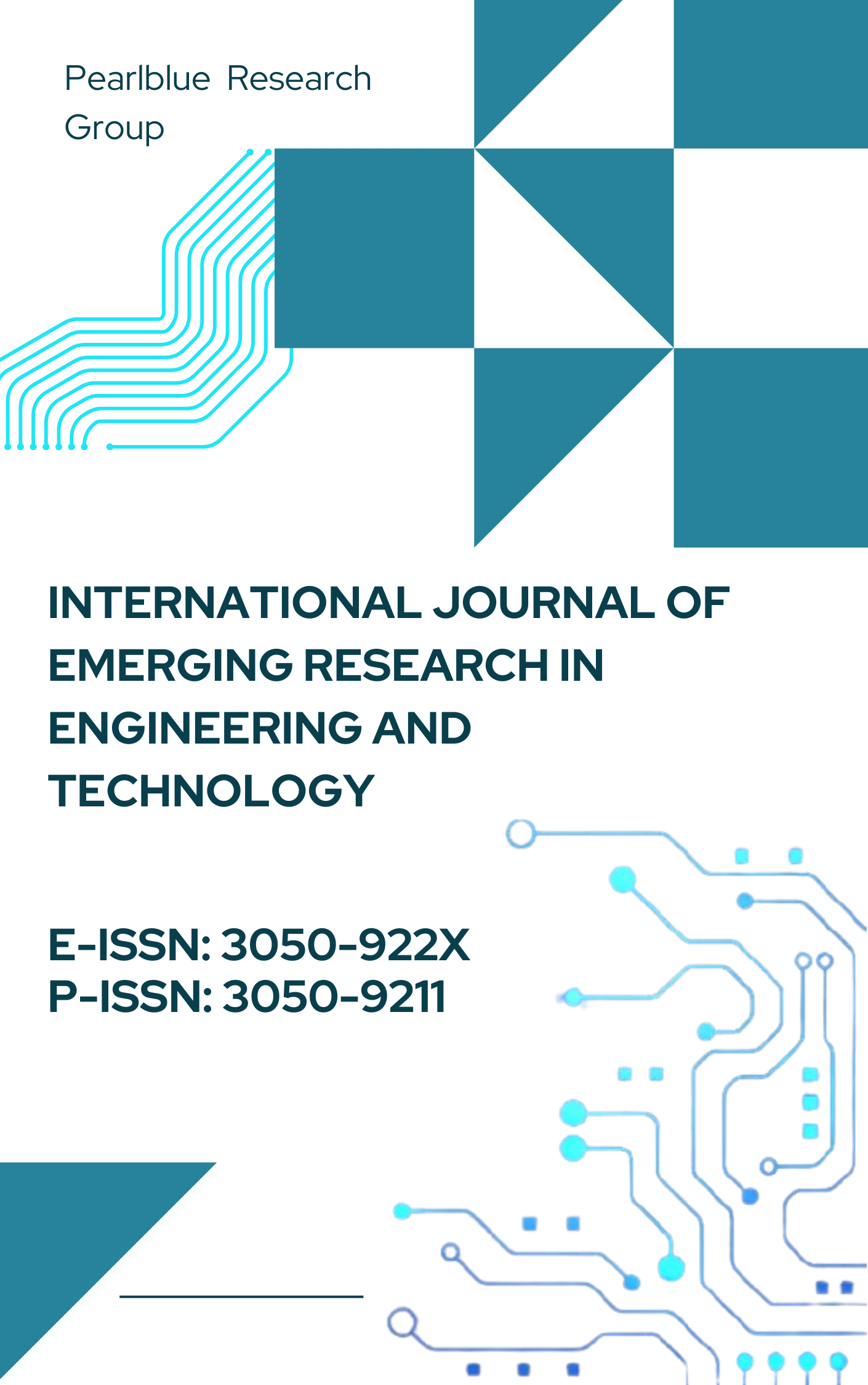Digital Twin Technology for Integration and Optimization of Manufacturing Systems
DOI:
https://doi.org/10.63282/3050-922X.IJERET-V5I1P104Keywords:
Digital Twin, Manufacturing Systems, Industry 4.0, Predictive Maintenance, Simulation, Optimization, System Integration, Real-time Monitoring, Smart Manufacturing, Cyber-Physical Systems, Systems Engineering, Virtual Commissioning, Lifecycle ManagementAbstract
Digital Twin (DT) technology is transforming modern manufacturing systems by providing real-time virtual representations of physical assets, enabling continuous monitoring, simulation, and optimization. This paper explores the integration of Digital Twins within manufacturing environments, focusing on their effects on productivity, maintenance strategies, and system-wide efficiency. Through detailed case studies, the paper demonstrates how DTs have overcome significant operational challenges. Furthermore, a structured framework for effective DT implementation is proposed, addressing ongoing research and potential future developments. The paper incorporates data tables, graphical placeholders, and comprehensive references to provide a thorough understanding of Digital Twin technology. Digital Twins have proven invaluable across various sectors including aerospace, healthcare, energy, and manufacturing. As industries transition towards smart operations and predictive maintenance, DTs offer a competitive edge by minimizing downtime, optimizing performance, and supporting data-driven decision-making (Shashank, 2024)
References
[1] Bosch Rexroth. (2022). Digital Twin in Smart Manufacturing. "https://www.boschrexroth.com"
[2] Das, Priyanka. (2024). Data-Driven System to Analyze Potential Constraints on Manufacturing Cycle Time. International Journal for Multidisciplinary Research. 10.36948/ijfmr.2024.v06i05.25422.
[3] Fuller, T., Fan, Z., Day, R., & Barlow, C. (2020). Digital Twin: Enabling the Internet of Things. Springer.
[4] GE Reports. (2019). How GE is Using Digital Twin Technology for Predictive Maintenance. "https://www.ge.com"
[5] Grieves, M., & Vickers, J. (2017). Digital Twin: Mitigating Uncertainty in the Manufacturing Process. ResearchGate.
[6] Das, Priyanka. (2023). Strategies For Minimizing Cycle Times in Electric Vehicle Manufacturing. 10.5281/zenodo.14498274.
[7] Kritzinger, W., Karner, M., & Traar, P. (2018). Digital Twin in Manufacturing: A Review. Proceedings of the 16th International Conference on Industrial Engineering.
[8] Lu, Y., Xu, X., & Xu, Y. (2020). Smart Manufacturing and Digital Twins. Springer.
[9] Ponce, A., Fernández, D., & Álvarez, R. (2021). Digital Twin Technology for Industry 4.0 Applications. Elsevier.
[10] Siemens. (2020). Siemens Amberg Plant: A Digital Twin Success Story. "https://www.siemens.com"
[11] Tao, F., Zhang, L., & Cheng, J. (2019). Digital Twin: Enabling the Smart Manufacturing System. Springer.
[12] Uhlemann, T. H. J., Lehmann, C., & Steinhilper, R. (2017). The Digital Twin: Realizing the Cyber-Physical Systems of Industry 4.0. Procedia CIRP, 61, 335-340.
[13] Zhou, X., Shi, X., & Wang, Y. (2020). Optimizing Manufacturing Systems Using Digital Twin Technology. IEEE Transactions on Industrial Informatics.
[14] Shashank, P. (2024). Using Digital Twins for Fault Detection and Root Cause Analysis in Mechanical Systems. International Scientific Journal of Engineering and Management. "https://www.doi.org/10.55041/ISJEM01640"
[15] Tesla, Inc. (2021). Digital Twins in Tesla Manufacturing. "https://www.tesla.com"
[16] National Grid ESO. (2022). Digital Twin Applications in Grid Optimization. "https://www.nationalgrideso.com"
[17] Philips. (2023). Smart Hospital Digital Twin Technology. "https://www.philips.com"



